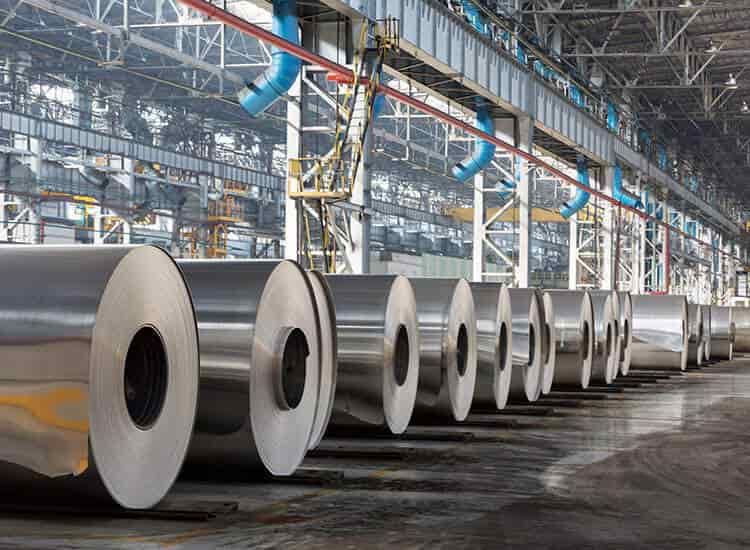In the realm of manufacturing, ensuring the reliability and efficiency of equipment is paramount to sustained productivity and profitability. Traditional approaches to maintenance, such as reactive or scheduled maintenance, have their limitations in terms of cost, downtime, and efficiency. Enter predictive maintenance—a proactive strategy that leverages data and technology to anticipate equipment failures before they occur. This blog explores the transformative benefits and effective strategies of predictive maintenance for manufacturing equipment.
The Evolution to Predictive Maintenance
Manufacturers have long grappled with the challenge of balancing maintenance costs with equipment uptime. Reactive maintenance, which addresses failures as they happen, can lead to unexpected downtime and costly repairs. Scheduled maintenance, while proactive, may result in unnecessary servicing of equipment that is still operational.
Predictive maintenance represents a paradigm shift. By harnessing realtime data from sensors, IoT devices, and machine learning algorithms, manufacturers can predict equipment failures with a high degree of accuracy. This approach not only minimizes downtime but also optimizes maintenance schedules and extends the lifespan of critical machinery.
Benefits of Predictive Maintenance
1. Minimized Downtime: By detecting potential issues early, predictive maintenance reduces unplanned downtime, keeping production lines running smoothly.
2. Cost Efficiency: Targeted maintenance based on predictive analytics lowers overall maintenance costs by preventing unnecessary repairs and minimizing the impact of equipment failures.
3. Enhanced Safety: Proactively addressing equipment issues enhances workplace safety by reducing the likelihood of unexpected breakdowns or malfunctions.
4. Improved Operational Efficiency: Optimized maintenance schedules and reduced downtime translate to improved operational efficiency and higher output.
Strategies for Implementing Predictive Maintenance
1. Data Collection and Analysis: Install sensors and IoT devices to collect realtime data on equipment performance, including temperature, vibration, and fluid levels.
2. Predictive Analytics: Utilize machine learning algorithms to analyze data patterns and predict potential failures based on historical performance data.
3. Condition Monitoring: Implement continuous monitoring systems that provide early warnings of equipment degradation or abnormalities.
4. Integration with Maintenance Management Systems: Integrate predictive maintenance with existing maintenance management systems to streamline workflows and ensure timely interventions.
Case Studies in Predictive Maintenance
Case Study 1: Automotive Manufacturing
A leading automotive manufacturer implemented predictive maintenance for its robotic welding systems. By analyzing data from sensors embedded in the robots, the company reduced downtime by 40% and extended the lifespan of critical components.
Case Study 2: Food Processing Industry
A food processing plant adopted predictive maintenance for its conveyor systems. Realtime monitoring of motor vibrations and temperature fluctuations allowed the plant to schedule maintenance during offpeak hours, minimizing disruption to production schedules.
Conclusion
Predictive maintenance is not just a technological advancement but a strategic imperative for manufacturers seeking to futureproof their operations. By leveraging datadriven insights and proactive maintenance strategies, businesses can optimize equipment performance, reduce costs, and enhance overall operational resilience.
Stay tuned for more insights on the latest trends and innovations in manufacturing technology and how they are shaping the future of industrial maintenance.
This blog explores the transformative benefits of predictive maintenance for manufacturing equipment, emphasizing its role in minimizing downtime, reducing costs, and enhancing operational efficiency through proactive maintenance strategies.




